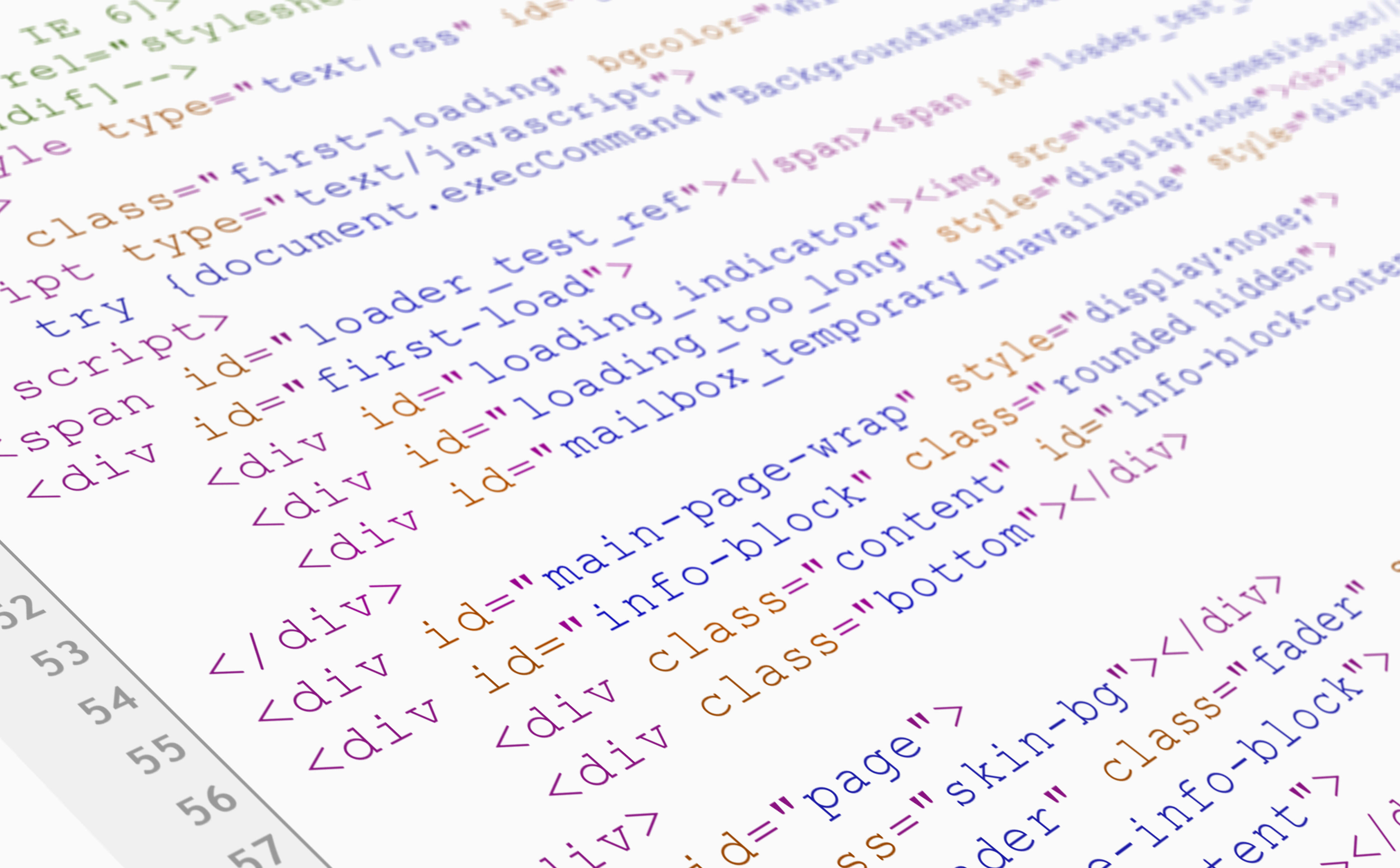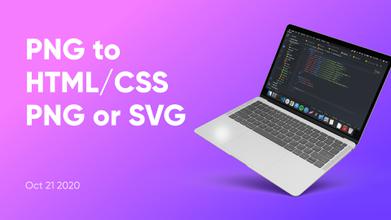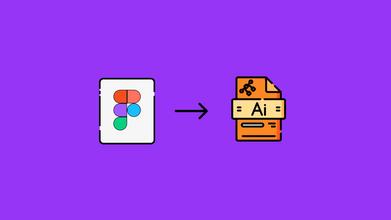Low-code and No-code Development Platforms
Jul 20, 2021 10322 seen
No-code vs Low code

Usually, people don't see the difference between no code and low code. The question arises, what's the difference? Will low code replace developers? The short answer is this:
-
No-code and low-code approaches were developed with the same goal: to develop products faster. However, the use can be very different.
-
No code means no coding needed (developers). These platforms are for companies looking to develop a product without a developer. But this happens at the cost of limitations and less flexibility. Examples of code-free frameworks include image-to-code converters, design-to-code converters, website builders, landing page builders, and so on. On the other hand, low-code is aimed at developers. It helps them run faster and allows them to control the code and make changes as needed. This means no templates, moreover, you get the freedom to make changes.
Low-code and No-code Development Platforms

Լow-code/no-code development platforms are types of visual software development environments that allow enterprise developers and citizen developers to drag and drop application components, connect them, and create mobile or web apps. Modular, low-code, and no-code approaches enable professional developers to quickly build applications, eliminating the need to write code line by line. They also enable business analysts, office administrators, small business owners, and other non-software developers to build and test applications. These people can build applications with little or no knowledge of traditional programming languages, machine code, or the development of custom platform components.
How do low-code and no-code work?
In traditional software development, programmers write lines of code to create functions and characteristics that are required in a computer program or application. This process requires programmers to have a deep knowledge of computer languages as well as development environments, deployment processes, and test protocols. Low-code and no-code platforms encapsulate whatever works behind the scenes. Users visually select and wire reusable components that represent specific steps or capabilities (which contain actual code) and link them together to create the desired computerized workflow. Users can create applications as if they were drawing a flowchart rather than writing line-by-line codes for each desired feature and capability. These platforms also typically have features to allow for experimentation, prototyping, testing, and deployment. This type of application development is sometimes referred to as point-and-click or click-to-design.
Evolution of Low-code and No-code Tools

Low-code / no-code platforms are derived from earlier rapid application development tools such as Excel, Lotus Notes, and Microsoft Access, which similarly place some development capabilities in the hands of business users. However, these tools required users to thoroughly understand business applications and their development environments to create capabilities. In contrast, with low-code and no-code options drag and drop functionality, users require minimal or no knowledge of tools or development in general. Moreover, development with RAD tools usually provides capabilities used by the person who created the functionality, or by a limited number of users associated with the creator. On the other hand, applications built on low-code or no-code platforms are robust enough to be used across departments and the enterprise, and even by external users such as customers and business partners.
Low-code vs. No-code Development Tools: What are the Differences?

Low-code and no-code systems offer the same fundamental benefits, but their names indicate a key difference between the two methods of application development. Low code development requires some level of coding from users, albeit much less than traditional application development requires. Professional developers and programmers use low-level code to quickly build applications and shift their efforts from routine programming tasks to more complex and unique work that has greater impact and value for the organization. Non-IT professionals with some programming knowledge also use low code tools to develop simple applications or advanced functionality in an application. Code-free development is aimed at non-technical users in a variety of business functions who understand the needs and rules of the business but have little or no programming experience or programming language skills. These civilian developers can use code-free code to easily and quickly build, test, and deploy their line of business applications as long as the tools they choose meet these standard features and capabilities. There are also some differences in how users apply code without code and low code. Lack of code is commonly used to create tactical applications to handle simple functions. In these cases, low-code can be used, but in addition to creating applications that trigger processes critical to the business or the organization's core systems, such as specific integrations and digital transformation initiatives.
The line between no code and low code is not always clear - and this carries over to low code and no-code platforms themselves. Many technology product analysts believe that no code is part of the low-code market, as even the strongest platforms require a certain level of coding for parts of the application development and deployment process. Vendors make much of the difference between low-code and no-code platform capabilities as they position their products for different customer groups.
Generally speaking, no-code platforms are a specialized type of low-code cloud platform in which the required visual components are designed to address industry-specific features, a specific line of business, or support the corporate branding of a specific company. Low-code platforms, on the other hand, may require the help of in-house developers to make small changes to the back-end code for the new application to align with other business software.
Benefits of Low-code and No-code Platforms

First and foremost, low-code and no-code platforms accelerate application development and delivery - a critical element in the digital age, when organizations have to race to meet employee and customer requirements, or maybe thwarted by others who do. These platforms also provide more options for problem-solving for non-IT professionals so that ordinary workers can create business applications faster and easier to help them get their jobs done. These platforms also free professional developers from routine programming. Development teams can use these platforms to quickly build applications for standard features and then customize them to provide even more value or spend more time developing custom applications or implementing other initiatives that provide differentiated value to their organizations.


